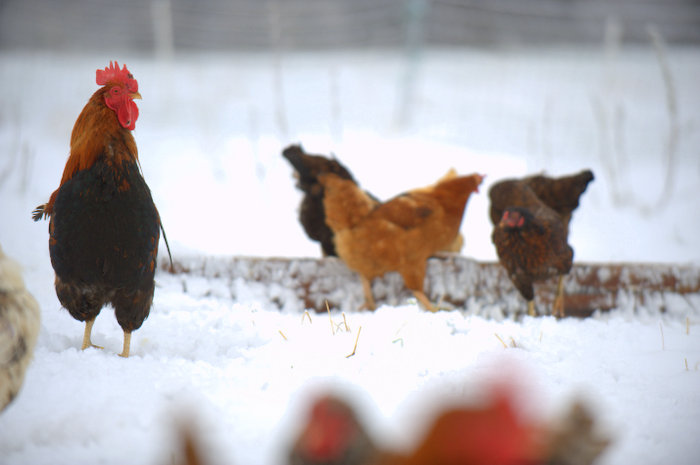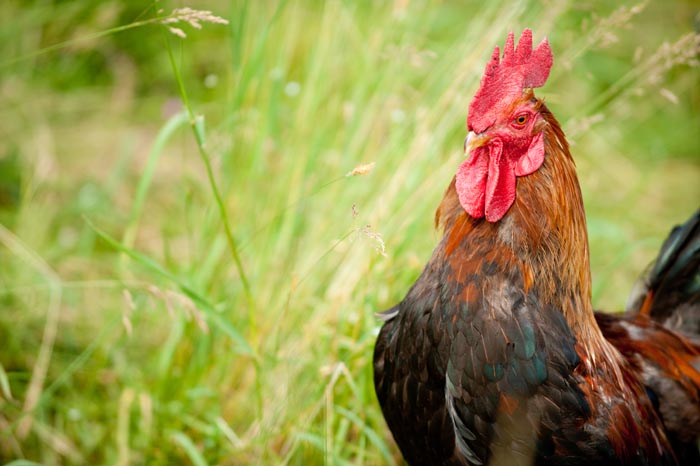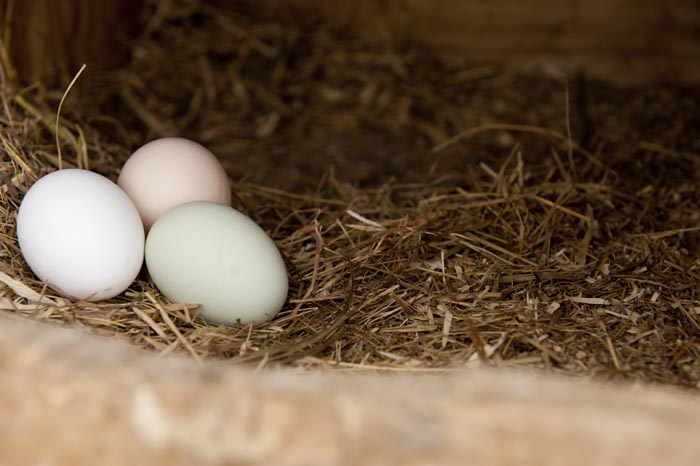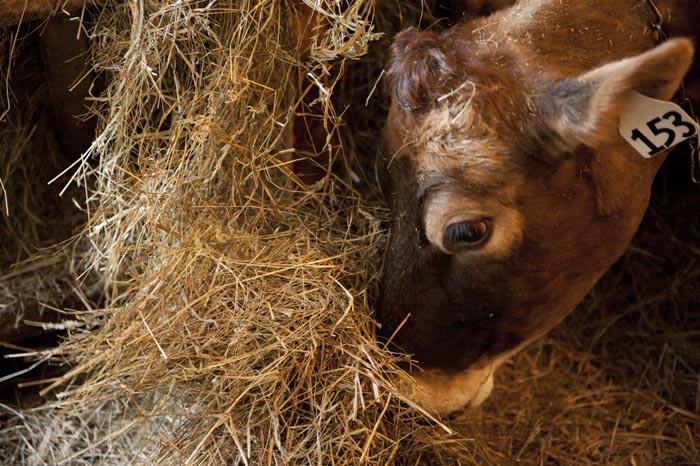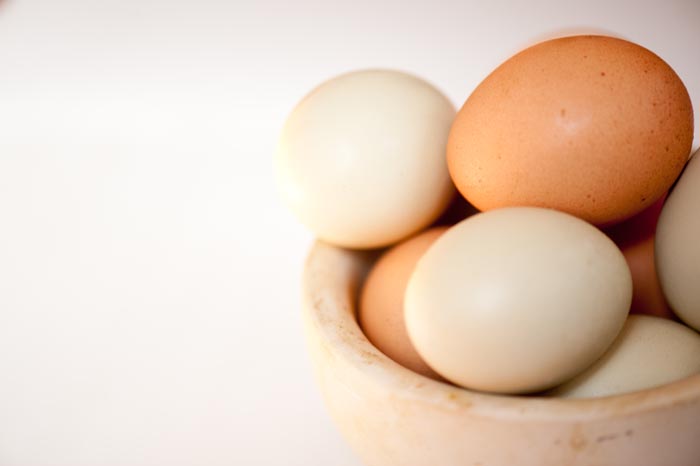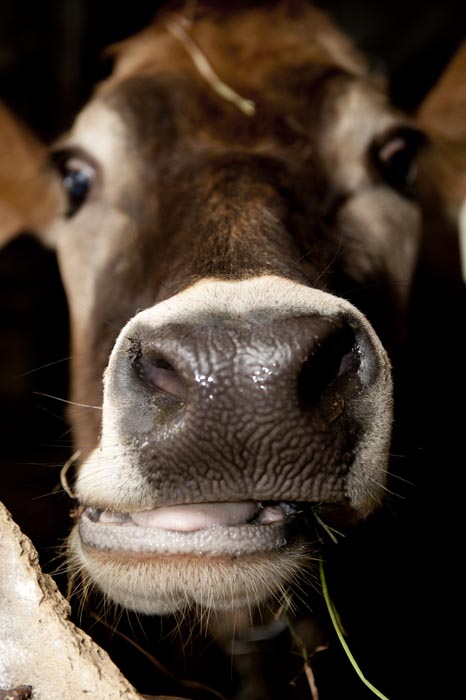“I don’t know, I think I panicked,” Josh confessed, “we’re running out of options.
I looked up to see one young cow that looked to be mostly Holstein, if not full blooded Holstein went for $400 more than we’d paid for our two cows combined.
That felt good.
We watched as bred heifers were brought out. If Josh had changed the plan mid-stream to bid on Number 153, maybe he would decide we should get some bred heifers – we had the cattle trailer, after all.
He declined.
I was anxious to meet Shadow, who was back in her stall as milking chores were starting.
We headed to the “office” to pay for our purchases, feeling slightly high on the good feelings of finally having two cows!
After paying we made our way to the barn and looked for our new girl, Shadow. Josh observed as the machine milked her and noticed that her quarters didn’t finish evenly. No worries, we knew we’d be hand milking, at least at first. We talked briefly about the need to have Shadow bred soon and how we could go about doing that. We needed to look into artificial insemination options. We also pondered how recently she’d been treated.
“Let’s see if we can find the farmer to ask about her being treated,” I suggested.
We made our way back to the auction trying to decide who the farmer was. We spotted an older couple with a younger woman with them off to the side.
“Is this your farm?” we asked as we approached.
“Yes,” came the reply.
“We just bought Hope and Shadow to start our small family dairy,” we said by way of explanation, and in an attempt to reassure this family that these cows would be well loved.
“When was Shadow last treated?” we asked.
“Monday, so you should get her tested before you use her milk,” the farmer said. Josh later pointed out that this was probably emphasized so we couldn’t come back and say: “you didn’t tell us…” as the milk she was giving was already being included with all the other milk the farm was producing, as we observed while she was being milked.
“Do you know if she’s bred?” we asked, knowing that she was about due to be bred.
The farmer pulled a small notebook from his back pocket, each page marked with a different cow’s name. On Shadow’s page he found what he was looking for.
“Yep, she was bred on Wednesday,” he replied.
We did some quick back counting and realized she’d been bred on Josh’s birthday.
“Was she bred to a jersey, or …?” Josh asked.
“Yes, good sire,” the farmer answered proudly and confidently.
Whew.
One less thing for us to do in the next month or so.
The calves were being brought out into the auction ring, all legs and nerves.
The younger woman started to cry a little.
“We knew this day would come,” the farmer’s wife and the woman’s mother responded comfortingly but not looking sad at all – maybe happily resigned?
We moved away from their moment and went to find Shadow.
She was being milked one more time at her familiar farm and we were feeling more wary of her than she was of us as we examined her up close.
Feeling satisfied with our inspection (feeling that it somehow did something) we went to arrange how/where/when we should get the trailer to the cow shoot.
We were the first (and only as far as I could tell) truck and trailer up to the cow shoot (excited much?).
After some convincing the cows moved into the noisy trailer (noisy because they were walking on fairly metal flooring with minimal wood shavings) we were on our way.
What have we done? We have to milk Shadow all by ourselves TONIGHT!

